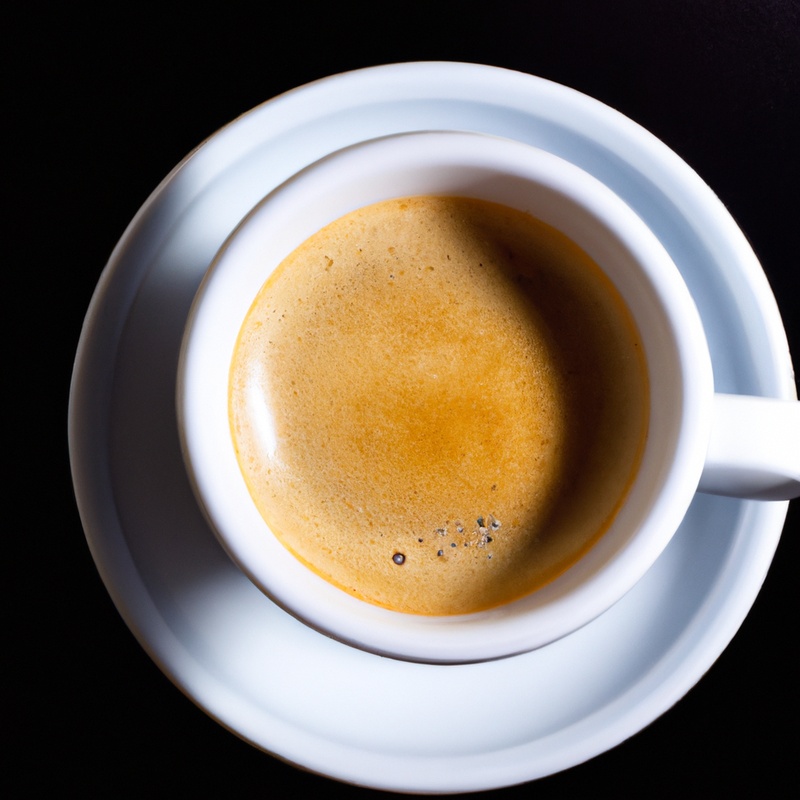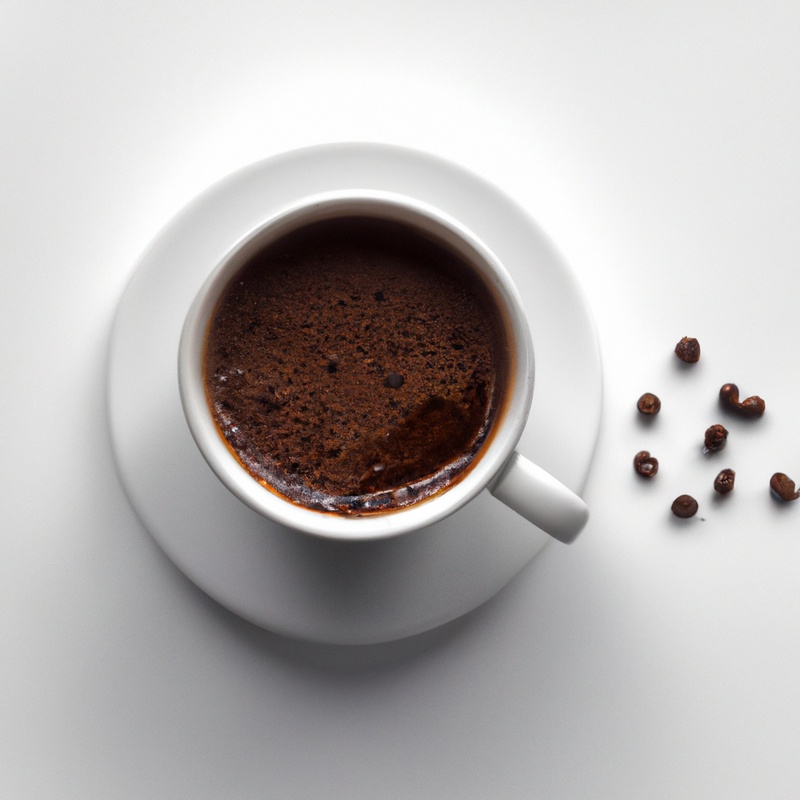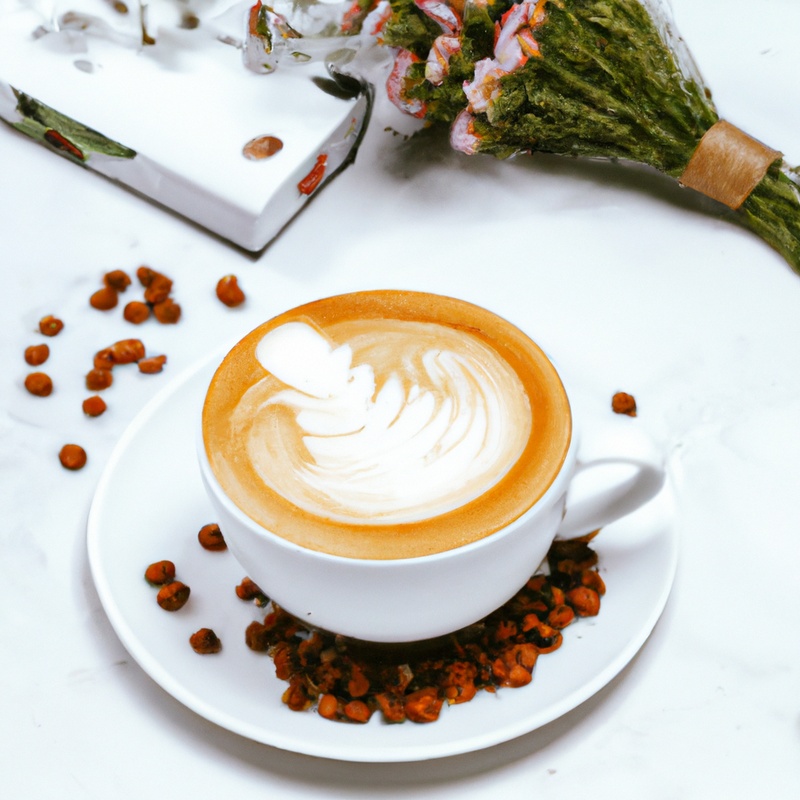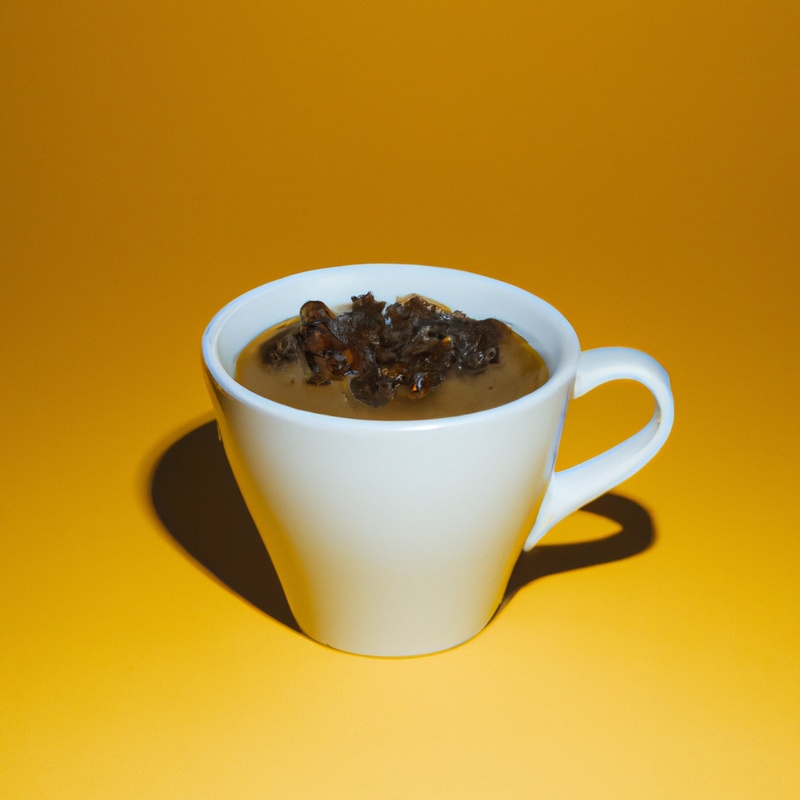Key Takeaways:
- The best coffee for cold brew is a medium to dark roast.
- Coarse ground coffee beans are ideal for cold brew.
- Opt for single-origin coffee for a more nuanced cold brew flavor.
- Use a ratio of 1 part coffee to 4 parts water for the perfect cold brew concentration.
Are you craving a refreshing and smooth cup of cold brew coffee, but unsure of which coffee beans to use?
Well, look no further! In this article, we’ll dive into the fascinating world of cold brew coffee and explore the factors that make it unique.
We’ll discuss the best coffee beans for cold brew, the ideal grind size, and the perfect water ratio.
Whether you prefer a light or dark roast, single origin or blend, we’ve got you covered.
Get ready to elevate your cold brew game and discover the ultimate coffee beans for your refreshing brew.
Let’s get started!
| Roast Level | Grind Size | Bean Origin | Flavor Profile |
|---|---|---|---|
| Light | Coarse | Single-origin | Light-bodied, fruity |
| Medium | Medium-coarse | Blend | Well-balanced, smooth |
| Dark | Medium | Dark-roast | Bold, rich |
| Extra Dark | Fine | French Roast | Intense, smoky |
Understanding Cold Brew Coffee
Cold brew coffee is a unique brewing method that involves steeping coffee grounds in cold water for an extended period of time, resulting in a smooth and flavorful beverage. It has gained popularity for its distinct taste and lower acidity compared to regular coffee.
What is Cold Brew Coffee?
Cold Brew Coffee is a type of coffee that is made by steeping coffee grounds in cold or room temperature water for an extended period of time. Unlike traditional hot brewed coffee, cold brew is never exposed to heat.
This results in a smoother, less acidic and less bitter flavor profile.
The slow extraction process also allows for the natural sweetness and subtle flavors of the coffee beans to be preserved. Cold brew coffee can be enjoyed on its own or used as a base for various coffee beverages.
Why is Cold Brew Coffee Popular?
Cold brew coffee has gained popularity due to its unique taste and smoothness. The slow extraction process of steeping coffee grounds in cold water for several hours creates a less acidic and less bitter brew.
This makes it more enjoyable for those who find traditional hot brewed coffee too harsh on their stomach or palate.
Additionally, the cold brewing method brings out different flavor profiles, allowing coffee lovers to explore new tastes and enjoy a refreshing beverage. Its convenience and versatility also contribute to its popularity, as it can be enjoyed both hot and cold, and is perfect for making iced coffees and flavored beverages.
How is Cold Brew Coffee Different from Regular Coffee?
Cold brew coffee is different from regular coffee because of its brewing method.
Unlike regular coffee which is brewed with hot water, cold brew is made by steeping coarsely ground coffee beans in cold water for an extended period of time, typically 12-24 hours.
This slow extraction process creates a smoother, less acidic cup of coffee with a subtle flavor profile.
The lower acidity makes it easier on the stomach and allows for a sweeter taste.
Additionally, since cold brew is generally served over ice or with cold water, it’s a refreshing and thirst-quenching option for hot summer days.

Factors to Consider for Cold Brew Coffee
When making cold brew coffee, there are a few key factors to consider.
Coffee Beans for Cold Brew
When it comes to choosing coffee beans for cold brew, there are a few things to consider.
Look for beans that are specifically labeled as “cold brew” or “coarse grind.” These beans are usually roasted to bring out the best flavors when brewed with cold water.
Additionally, opt for beans with low acidity to avoid any bitterness in your cold brew.
Lastly, experiment with different origins and flavor profiles to find the beans that suit your taste preferences.
Remember, the quality of your beans will greatly impact the taste of your cold brew!
Grind Size for Cold Brew
When it comes to the grind size for cold brew coffee, it’s important to go for a coarse grind.
The larger particles allow for a slower extraction process, resulting in a smooth and less acidic cup of coffee.
Avoid using a fine grind, as it can lead to a bitter and over-extracted taste.
So, remember to use a coarse grind size for your cold brew to achieve the best flavor.

Water Ratio for Cold Brew
Finding the right water ratio is key to making a delicious batch of cold brew coffee.
Generally, a good starting point is using a 1:4 coffee to water ratio.
For example, if you have 1 cup of coffee grounds, you would use 4 cups of water.
Adjust the ratio to your taste preference, but keep in mind that using too much water can result in weak and flavorless coffee, while using too little may make it too strong and overpowering.
Experiment with different ratios until you find the perfect balance that suits your taste buds.
Best Coffee Beans for Cold Brew
The best coffee beans for cold brew are those that are freshly roasted and coarsely ground, ensuring a smooth and flavorful brew.
Light vs. Dark Roast for Cold Brew
When it comes to cold brew coffee, the roast level of the beans is a matter of personal preference.
Light roast beans tend to have more acidity and floral or fruity flavors, which can lend a brighter taste to your cold brew.
On the other hand, dark roast beans have a bolder and more robust flavor profile, with hints of chocolate and caramel.
It all comes down to the flavor you enjoy the most.
Experiment with different roast levels to find your perfect cup of cold brew.

Single Origin vs. Blend for Cold Brew
When deciding between single origin and blend for cold brew, it all comes down to personal preference. Single origin beans are sourced from a specific region or farm, giving you a unique flavor profile and highlighting the characteristics of that particular area.
Blends, on the other hand, combine different beans to create a well-rounded taste.
They offer complexity and balance in each sip. Ultimately, whether you choose single origin or blend, it’s about finding the flavors you enjoy most in your cold brew experience.
Recommended Coffee Bean Brands for Cold Brew
If you’re looking for recommended coffee bean brands for cold brew, here are some options to consider:
- Stone Street Coffee Cold Brew Reserve: Known for its smooth and bold flavor, this brand is specifically designed for cold brewing, resulting in a rich and low-acidity taste.
- Bizzy Organic Cold Brew Coffee: Made from 100% organic Arabica beans, Bizzy offers a balanced and full-bodied cold brew experience, perfect for those who prefer a milder flavor.
- Cold Brew Lab Dark Roast Coffee Beans: These dark roast beans deliver a strong and robust taste, ideal for those who crave a bold and intense cold brew.
- Tiny Footprint Coffee Organic Cold Brew Cold Press Elixir: This brand focuses on sustainability and quality, offering a smooth and well-rounded cold brew with a hint of chocolate and caramel notes.
Remember, taste preferences vary, so don’t be afraid to experiment and find the brand that suits your palate the best!
Grind Size for Cold Brew
The grind size for cold brew is an important factor that can affect the flavor and strength of your coffee.
Understanding Grind Size
Understanding grind size is essential for achieving the perfect cup of coffee.
It refers to the fineness or coarseness of the coffee grounds.
A finer grind size is suitable for methods such as espresso, while a coarser grind size is preferred for methods like French press.
The grind size directly influences the extraction rate and flavor profile of the coffee.
To ensure optimal results, experiment with different grind sizes until you find the one that suits your brewing method and personal taste preferences.
Coarse Grind vs. Medium Grind for Cold Brew
When making cold brew coffee, the grind size of your beans plays a significant role in the final taste and quality of your brew.
Coarse grind is generally recommended for cold brew because it allows for a slower extraction process, resulting in a smoother and less acidic flavor.
On the other hand, medium grind can still work well, but it may produce a slightly stronger and more intense flavor.
Ultimately, it comes down to personal preference, so feel free to experiment and find the grind size that suits your taste buds best.
Recommended Grind Size for Cold Brew
For the best cold brew, I recommend using a coarse grind size.
This allows for a slower extraction process and a smoother, less acidic brew.
A coarse grind also helps to prevent over-extraction and bitterness.
So, when you’re making your cold brew at home, be sure to use a grinder that allows you to adjust the grind size to a coarse setting.
Happy brewing!
Water Ratio for Cold Brew
The water ratio is an important factor in making great cold brew coffee.
Importance of Water Ratio in Cold Brew Coffee
The water ratio is of utmost importance in cold brew coffee. It determines the flavor, strength, and smoothness of your brew.
Getting the ratio right is key to achieving the perfect balance.
Too much water can dilute the coffee, while too little can result in a strong, overpowering taste. Experiment with different ratios to find your preferred strength.
Generally, a common water-to-coffee ratio is 4:1 or 5:1, but feel free to adjust according to your taste preferences.
Remember, the water ratio is what sets the foundation for a delicious cold brew experience.
Finding the Right Water to Coffee Ratio for Cold Brew
The right water to coffee ratio for cold brew depends on personal preference, but a good starting point is 1 part coffee to 4 parts water. Adjust the ratio based on taste: a weaker brew, use more water; for a stronger brew, use less.
Experiment until you find what suits you.
Don’t be afraid to try different ratios to achieve your desired flavor. Some may prefer a stronger, more concentrated brew, while others may prefer a milder, less concentrated taste.
Enjoy the process and find your perfect balance.
Tips for Adjusting Water Ratio in Cold Brew
When adjusting the water ratio in cold brew, the key is to find the right balance. Here are a few tips to help you get it just right:
- Experiment with different ratios: Start with a 1:8 coffee-to-water ratio and adjust from there. You can try 1:7 for a stronger brew or 1:9 for a milder taste.
- Consider your personal preference: If you like a stronger flavor, increase the coffee-to-water ratio. If you prefer a milder taste, decrease it.
- Adjust brewing time: If the coffee is too strong, try reducing the brew time. If it’s too weak, increase the steeping time.
- Use a scale: Measuring by weight instead of volume ensures precision and consistency.
- Don’t be afraid to experiment: Every coffee and palate is different, so play around with different ratios until you find your perfect cup.
Frequently Asked Questions about Cold Brew Coffee
How long does cold brew coffee last?
Cold brew coffee typically lasts up to two weeks when stored in the refrigerator.
The key to extending its shelf life is to keep it properly sealed in an airtight container to prevent oxidation.
Remember to give it a good shake before serving, and enjoy the smooth, bold flavors that cold brew coffee has to offer!
Can I use flavored coffee beans for cold brew?
Yes, you can definitely use flavored coffee beans for cold brew! The beauty of cold brew is that it’s a forgiving method that brings out the natural flavors of the coffee, so the choice is really up to you.
Whether you enjoy the richness of chocolate, the sweetness of vanilla, or the warmth of spices, flavored beans can add an extra dimension of taste to your cold brew.
Just remember to use a coarse grind and adjust the steeping time to your preference.
Experiment and find your perfect flavor!
Does cold brew have more caffeine than regular coffee?
Cold brew coffee typically has more caffeine than regular coffee. Because it is brewed using a longer steeping process, the result is a higher caffeine concentration in the final product.
However, the actual caffeine content can vary depending on the type of beans used and the brewing techniques.
If you’re looking for an extra caffeine boost, cold brew might be a great option. But remember, moderation is key!
Final Verdict
When it comes to choosing the best coffee beans for cold brew, it’s important to consider factors such as roast level, origin, and brand reputation.
Light roasts with their bright and fruity flavors can be a great choice, while some may prefer the fuller and richer taste of dark roasts.
Single origin beans can offer unique and distinct flavors, but blends can provide complexity.
Ultimately, the best coffee beans for cold brew depend on personal preference.
Remember to grind the beans coarsely and experiment with different water to coffee ratios to find the perfect flavor profile that suits your taste buds.
Enjoy your delicious and refreshing cold brew coffee!
